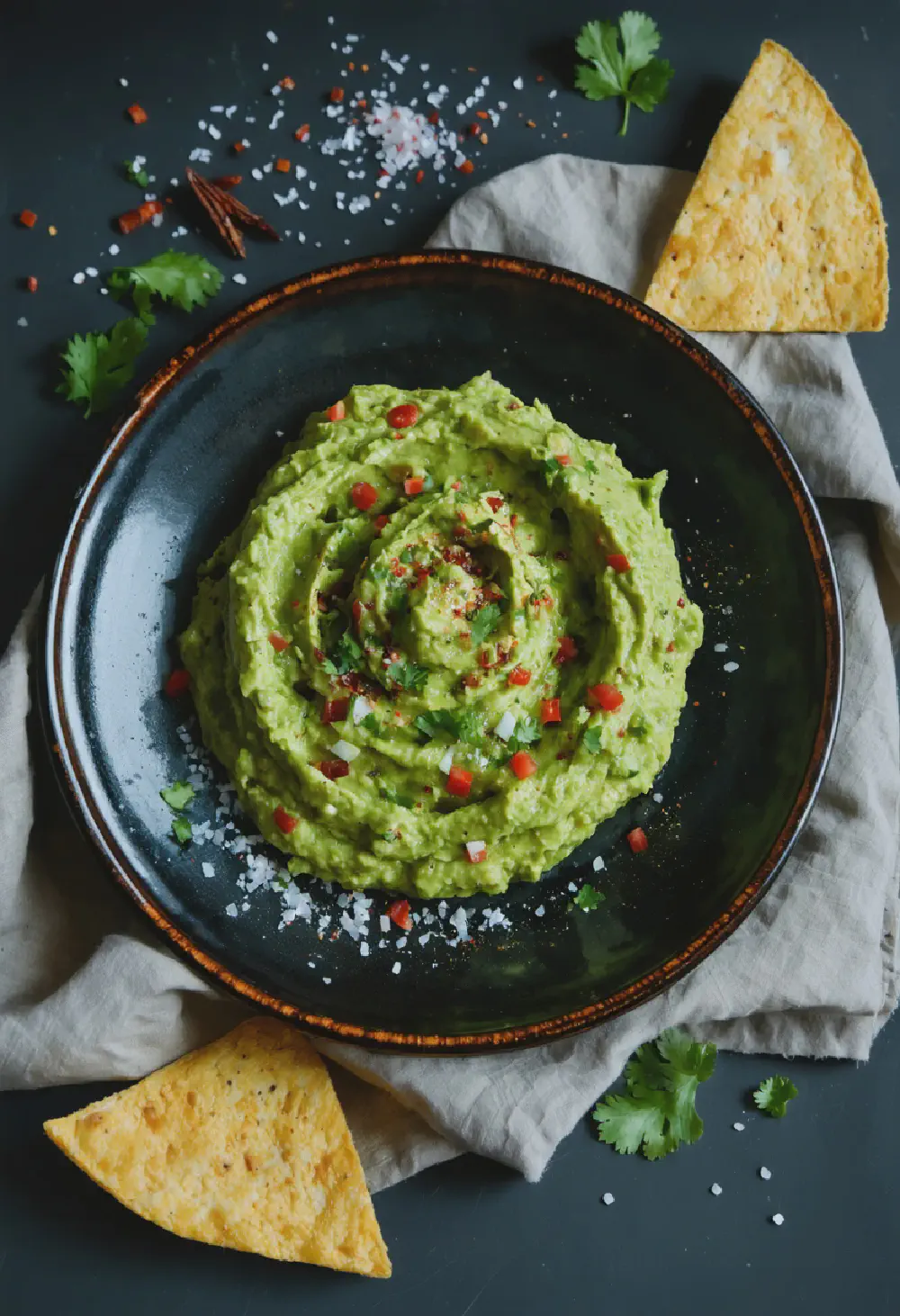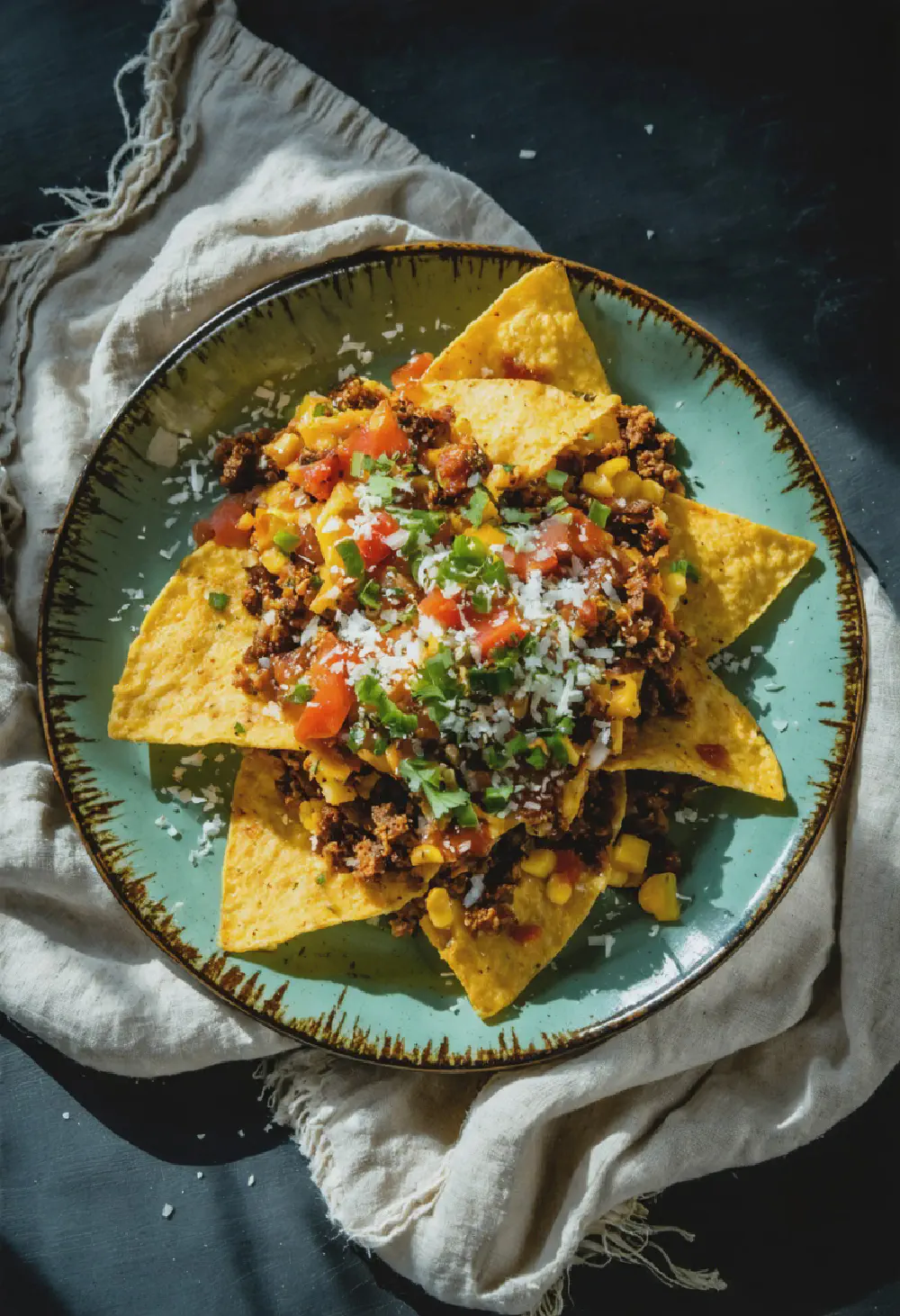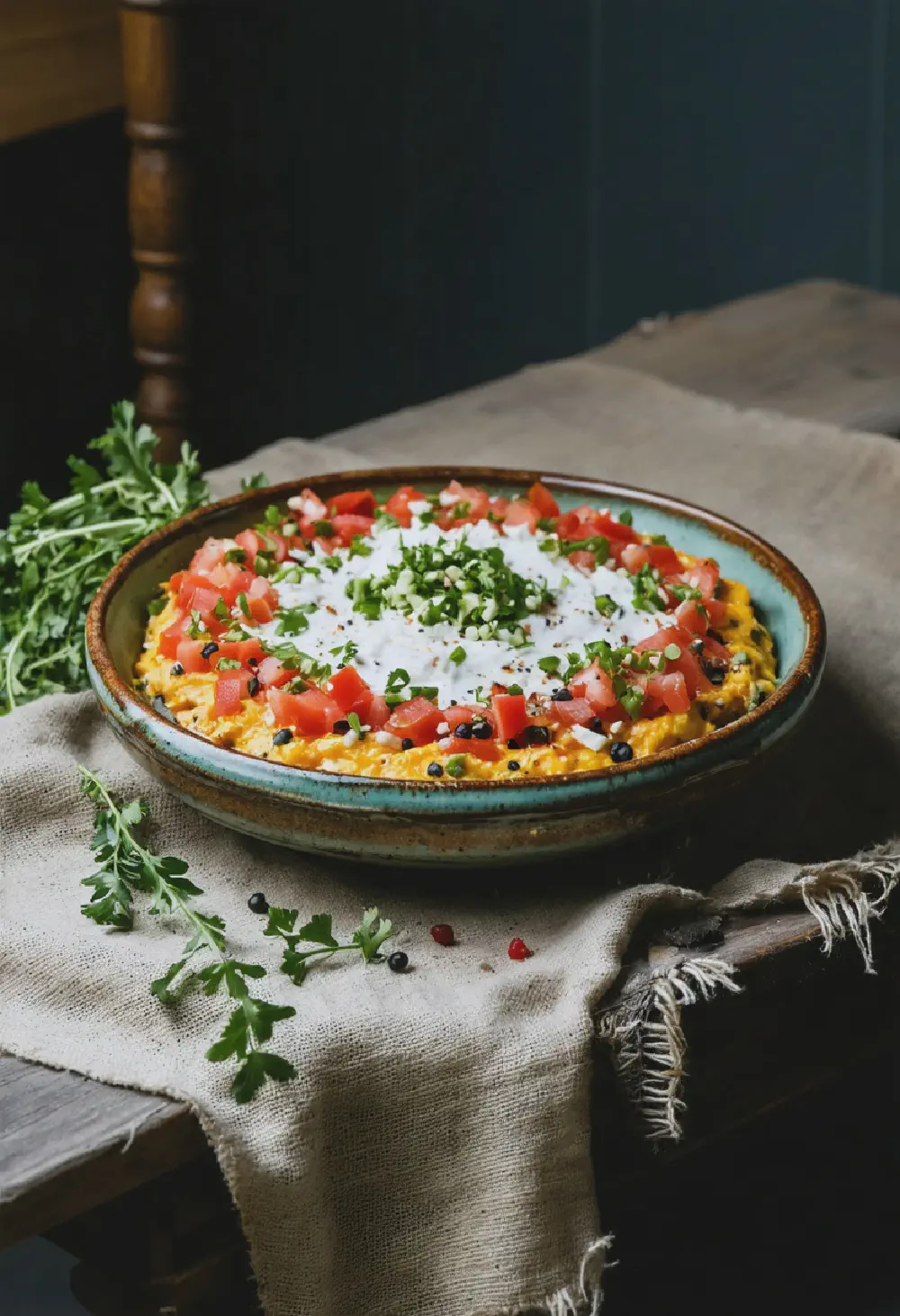Pigs in a Blanket
15M
30M
- Makes 24 servings
- 1 package (8 ounces) refrigerated crescent roll dough
- 24 mini hot dogs or cocktail sausages
- 1 egg, beaten
- 1 tablespoon water
- Mustard or ketchup, for serving
- Preheat your oven to 375°F (190°C). Line a baking sheet with parchment paper.
- Unroll the crescent roll dough and separate it into triangles along the perforated lines.
- Cut each triangle into three smaller triangles.
- Place a mini hot dog at the wide end of each triangle and roll up, wrapping the dough around the hot dog.
- Arrange the wrapped hot dogs on the prepared baking sheet, seam side down.
- In a small bowl, whisk together the egg and water to make an egg wash. Brush the tops of the dough with the egg wash.
- Bake in the preheated oven for 12-15 minutes, or until the dough is golden brown and cooked through.
- Serve warm with mustard or ketchup for dipping.
Pigs in a Blanket: A Classic American Appetizer
History
Pigs in a Blanket, a beloved American appetizer, have a fascinating history that traces back to the early 20th century. The dish is believed to have originated in the United States during the 1920s, a time when convenience foods were gaining popularity. The concept of wrapping sausages in dough can be linked to the British dish known as “sausage rolls,” but the American version, known as Pigs in a Blanket, became a staple at parties and gatherings. Over the decades, this simple yet delicious treat has evolved, with various regions adding their unique twists, but the core idea remains the same: mini hot dogs enveloped in flaky pastry dough. The dish’s popularity surged in the mid-20th century, becoming a go-to appetizer for its ease of preparation and universal appeal.
Taste Profile
The taste profile of Pigs in a Blanket is a delightful combination of savory and flaky textures. The mini hot dogs provide a juicy, salty flavor that is perfectly complemented by the buttery, flaky pastry dough. When baked, the dough achieves a golden-brown crispness that adds a satisfying crunch to each bite. The contrast between the soft, warm interior of the hot dog and the crispy exterior of the pastry creates a harmonious blend of textures that is hard to resist. Often served with condiments like mustard or ketchup, Pigs in a Blanket can be customized to suit individual tastes, making them a versatile and crowd-pleasing appetizer.
Cultural Significance
Within American cuisine, Pigs in a Blanket hold a special place as a symbol of comfort food and communal gatherings. They are a staple at events ranging from casual family get-togethers to more formal celebrations like Super Bowl parties and holiday gatherings. The dish embodies the spirit of American culinary simplicity and ingenuity, showcasing how a few basic ingredients can be transformed into a beloved treat. Pigs in a Blanket also reflect the country’s love for convenience foods, as they are easy to prepare and serve, making them a favorite among hosts looking to impress their guests without spending hours in the kitchen. Their presence at social events underscores their role in fostering a sense of community and shared enjoyment, making them an enduring icon of American culinary culture.



















